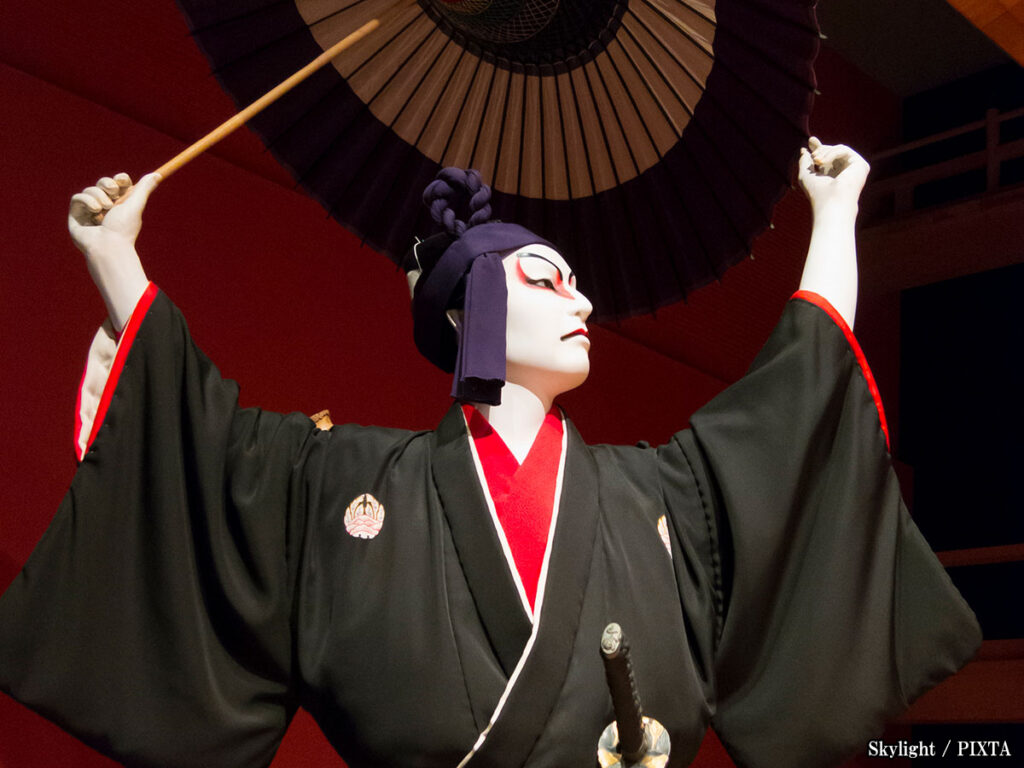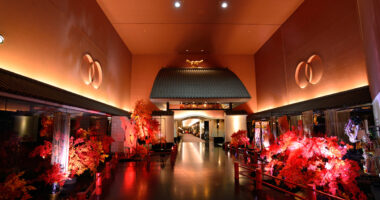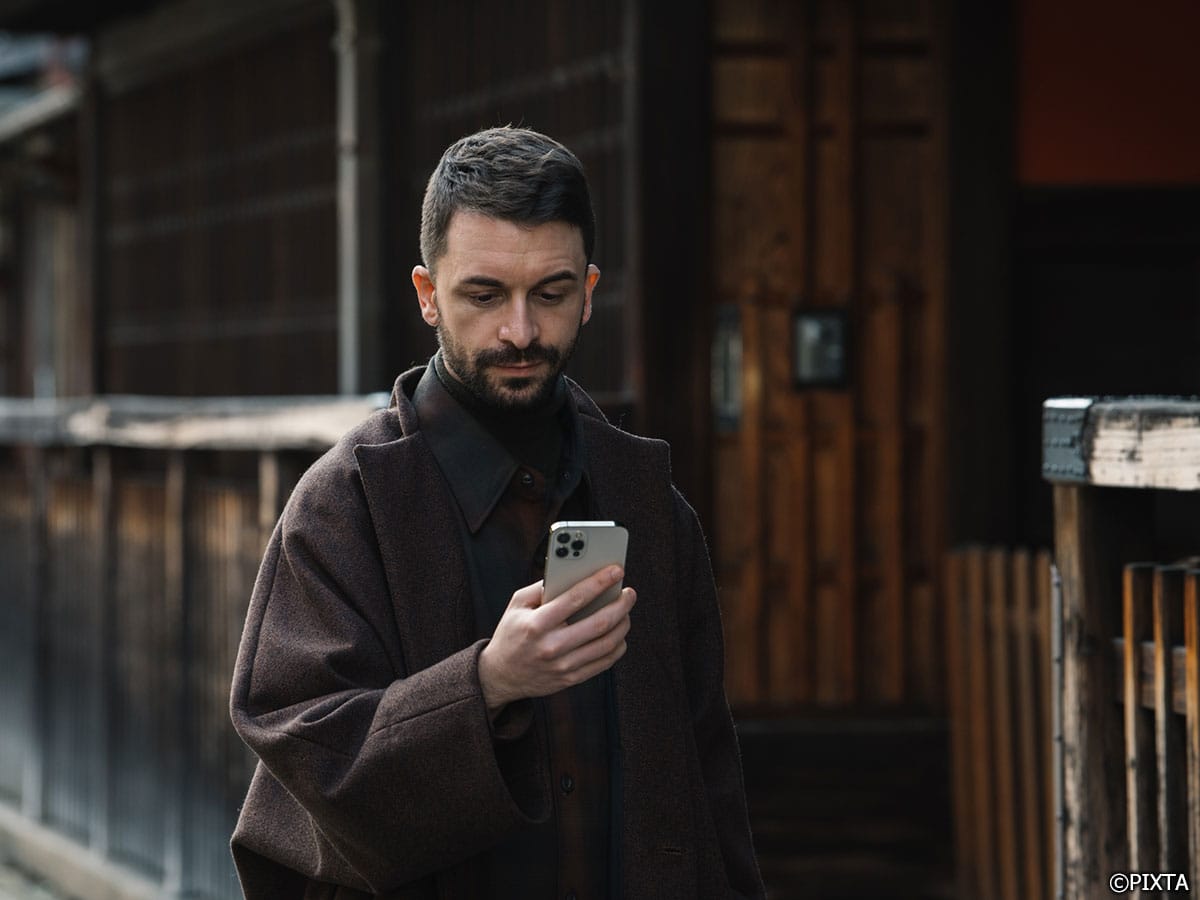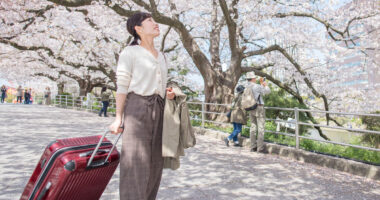- Introduction: the visual spectacle of kabuki
- The origins and history of kabuki
- Narrative and character archetypes
- Kabuki theater etiquette and experience
- Cultural significance and Influence
- Where to watch kabuki in Japan
- How to enjoy kabuki as a first-time visitor
- Closing thoughts: Why you should see kabuki in Japan
Introduction: the visual spectacle of kabuki
Kabuki is a traditional form of Japanese theater known for its elaborate costumes, bold makeup, dramatic poses, and inventive stage techniques. While its history and captivating stories draw audiences in, it’s the visual spectacle of kabuki that often makes the strongest first impression, especially for newcomers. This guide will introduce some of the key visual elements that define kabuki, offering a glimpse into the artistry and techniques behind this uniquely expressive performance tradition.
Related article:
Want to dive deeper into kabuki’s most iconic visuals? Explore the details of costumes, makeup, and poses in our visual guide: “Inside the World of Kabuki: Costumes, Makeup, and Iconic Poses.”
The origins and history of kabuki
Kabuki began in the early 1600s, pioneered by a woman named Izumo no Okuni. Initially featuring female performers, the art form transitioned to all-male casts (a tradition that continues today). While women were banned from performing for much of kabuki’s history, the ban was lifted in the Meiji era, and some local troupes today feature female actors in onnagata (female) roles. Over centuries, kabuki evolved through political shifts, censorship, and artistic innovation, eventually being recognized as a UNESCO Intangible Cultural Heritage in 2005. Its roots in Edo-era popular culture remain visible in the stories and presentation.
Narrative and character archetypes
Kabuki plays often dramatize tales of love, loyalty, betrayal, and vengeance. They are categorized into several genres:
- Jidaimono (historical plays): Set in the samurai era, often involving noble warriors and political intrigue.
- Sewamono (domestic dramas): Focused on everyday life and emotional conflicts.
- Shosagoto (dance pieces): Highlighting elegant movement and musical rhythm.
Characters often fall into recognizable types, such as the noble hero, the cunning villain, or the tragic courtesan. These archetypes help guide the audience through the story, especially when language barriers exist
Kabuki theater etiquette and experience
Experiencing kabuki live is unlike any other performance. Here are some tips to make the most of your first show:
- Tickets: Major theaters offer both full-program and single-act tickets. Beginners may find short programs easier to follow.
- Language support: Look for performances with English subtitles or audio guides.
- Seating: From general seats to exclusive box seats, a variety of options are available.
- Atmosphere: Expect audience participation—kakegoe (yells of praise) during climactic moments add to the excitement. These are typically performed by trained fans, so first-timers are encouraged to simply listen and enjoy.
Cultural significance and Influence
Kabuki reflects the values and social commentary of Japan’s Edo period and continues to inspire modern media, from film to anime. Its exaggerated expressions, iconic character tropes, and rhythmic storytelling have shaped how drama is consumed and created in Japanese popular culture.
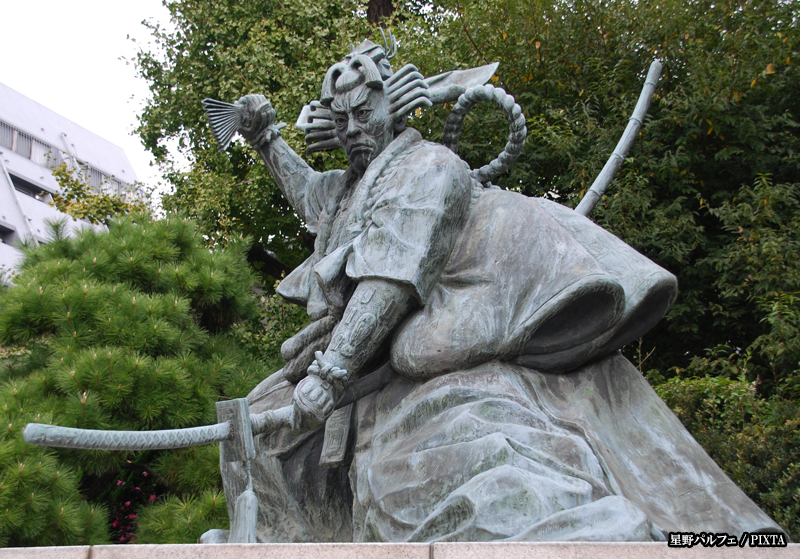
Photo for illustrative purposes
Where to watch kabuki in Japan
If you’re in Japan and want to experience kabuki live, several cities offer iconic venues:
Kabukiza Theatre, Tokyo
Located in Ginza, Tokyo’s upscale shopping district, this is Japan’s most famous kabuki venue.
Nearest station: Higashi-Ginza Station (Tokyo Metro Hibiya Line) – Exit 3 connects directly to the theater.
Minami-za Theatre, Kyoto
The historical heart of kabuki in western Japan.
Nearest station: Gion-Shijo Station (Keihan Line) – A short walk from Exit 6.
Shochikuza Theatre, Osaka
Known for grand stage productions in the vibrant Namba district.
Nearest station: Namba Station (Midosuji Line) – 3-minute walk from Exit B14.
Misonoza Theatre, Nagoya
A modern venue honoring Kabuki tradition in central Japan.
Nearest station: Fushimi Station (Tsurumai Line) – A short walk from Exit 6.
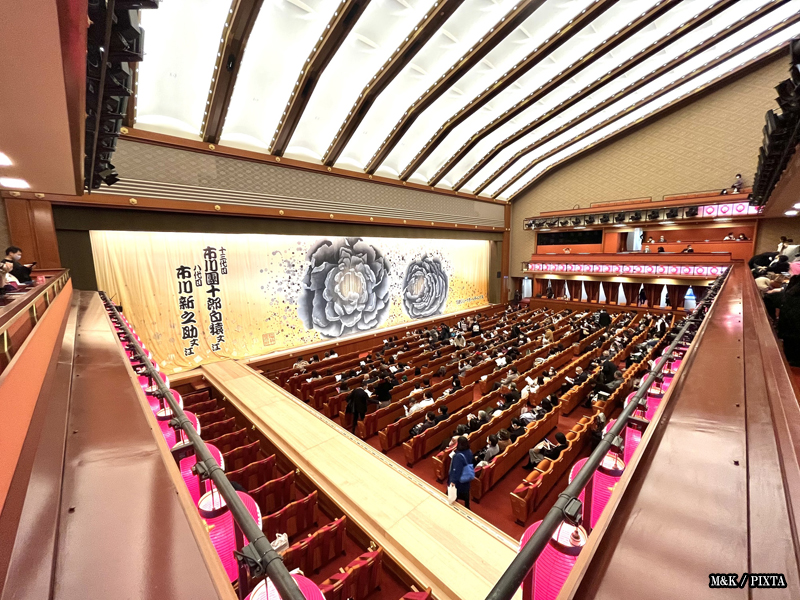
Photo for illustrative purposes
How to enjoy kabuki as a first-time visitor
- Look for performances with English subtitles or explanations.
- Start with a “digest” show featuring highlights from famous plays.
- Observe costume details, poses, and music to appreciate the art beyond language.
- Don’t worry about dress codes; casual attire is fine, though respectful behavior is expected.
Closing thoughts: Why you should see kabuki in Japan
Kabuki is more than just a theater experience—it’s a window into Japan’s cultural soul. Whether you’re drawn to the costumes, captivated by the acting, or intrigued by the historical legacy, watching kabuki live in Japan is an unforgettable journey through beauty, drama, and tradition.
